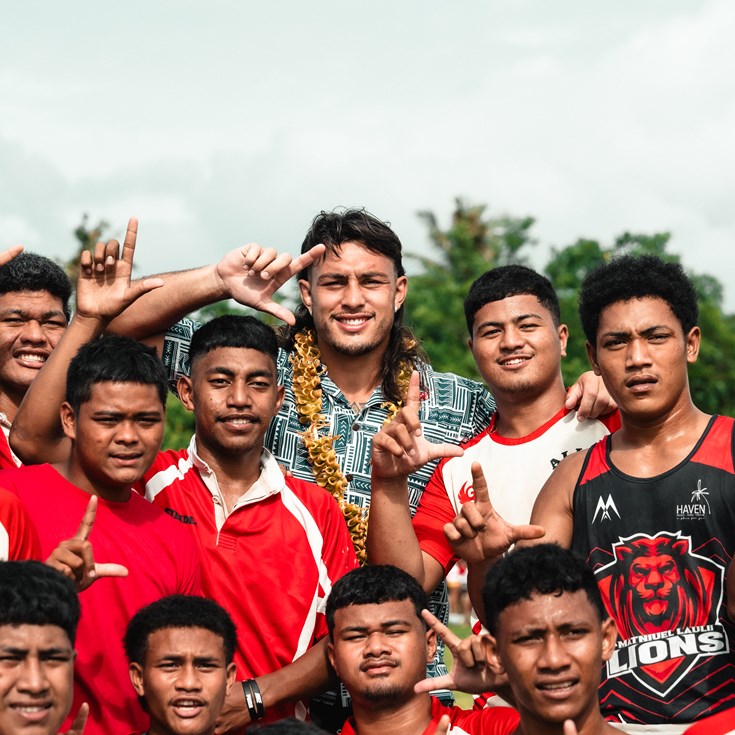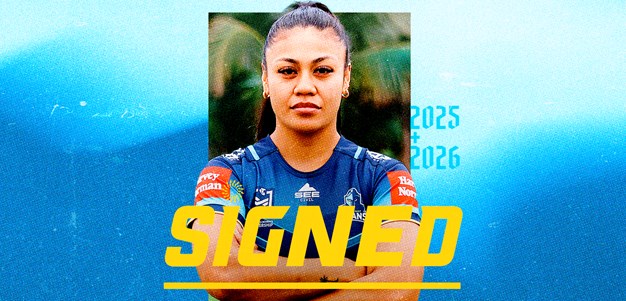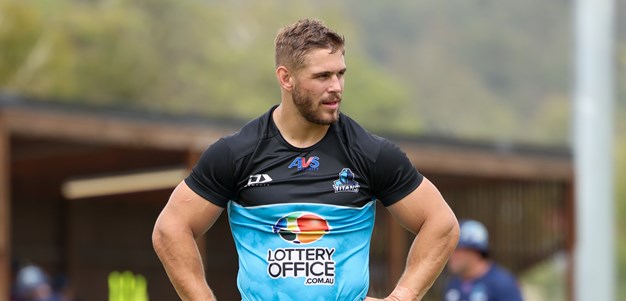
The influence of the fullback in a rugby league side has been rising for many years but has it reached a point where it's the most important position on the field?
There's no doubting the likes of Roosters star James Tedesco, North Queensland's Valentine Holmes, Manly's Tom Trbojevic and Newcastle dynamo Kalyn Ponga are crucial to the success of their respective teams.
But has the player in the No.1 jersey taken over from halfbacks at the top of the NRL pecking order?
For
NRL.com senior reporter Brad Walter
Matt Bowen may not have been the first fullback to adopt a playmaking role but he had a big influence on the player in the No.1 jersey becoming arguably the most valuable member of their team.
Bowen played almost exclusively at fullback during his 14-year career with North Queensland but for much of that period he virtually doubled as a five-eighth in a potent combination with Johnathan Thurston that changed the way the position is now played.
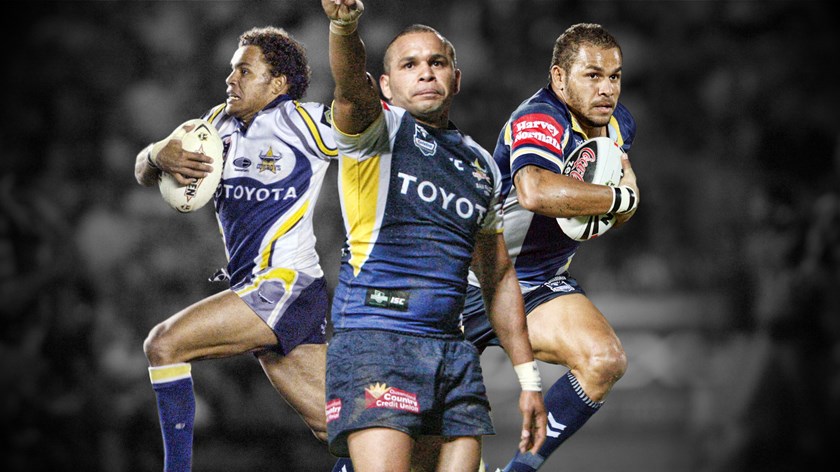
You only need to think of James Tedesco, Tom Trbojevic, Kalyn Ponga, Roger Tuivasa-Sheck and Clint Gutherson to realise how influential the top fullbacks are to the success of their teams.
Fullbacks are the superstars of the modern game and some of the greatest players of the NRL era have worn the No.1 jersey, including Billy Slater, Darren Lockyer, Greg Inglis, Anthony Minichiello and Jarryd Hayne.
The role of the fullback continues to evolve into the most important on the field.
They usually run the furthest of any player and are heavily involved in attack and defence as fullback is now the only position with a licence to roam to all parts of the field, with halves, centres and second-rowers now playing the left or right side of the ruck and props and locks largely restricted to the middle.
The job of a fullback involves carrying the ball back from kicks, running from dummy half, playing second-receiver either side of the ruck and organising defences near their try line, while many having a kicking game as well.
It’s hard to believe Puig Aubert, the Frenchman considered one of the greatest fullbacks of all time, would famously stand between the goalposts smoking a cigarette while his team defended up field during the mid-1940s to late-1950s.
Aubert, who scored a record 221 points during France’s triumphant 1951 tour of Australia and New Zealand, reasoned it wasn’t his responsibility to stop tries.
The evolution of the modern fullback owes much to David Waite and the Johns brothers, Andrew and Mathew, at Newcastle some 40 years later.
The Johns brothers alternated as first receivers, with one usually on each side of the ruck, and Waite employed the same tactic at St George Illawarra in 1999 by playing Trent Barrett on the right and Anthony Mundine on the left.
As a result of the halves splitting either side of the ruck, fullbacks assumed greater responsibility in attack as previously the halfback followed the ball and the five-eighth would usually line up outside him.
The great halves pairings of Allan Langer and Wally Lewis, Ricky Stuart and Laurie Daley, and Peter Sterling and Brett Kenny all played that way and the role of the fullback in that set-up was generally to hit a hole or create an overlap.
However, the likes of Bowen, Lockyer, Preston Campbell, Brett Hodgson, Kurt Gidley and Ben Hornby were playmaking fullbacks.
Bailey's Bunker: Josh Reynolds reveals the struggle of living in isolation
Minichiello was also a great organising fullback and he directed teammates in the defensive line, as did Slater.
Slater’s phenomenal work rate helped elevate him to the top of the fullback ratings and his influence led to those wearing the No.1 jersey last season to run for an average of 7.7km per match.
His greatest fullback rival for much of his illustrious career was Hayne, who boasted size, speed and strength as well as playmaking instincts.
Inglis, who won the Clive Churchill Medal playing five-eighth for Melbourne in the 2006 grand final, later switched to fullback at South Sydney and his size and strength were attributes in attack and defence that other teams tried to replicate.
Tedesco, Trbojevic, Tuivasa-Sheck and Latrell Mitchell are bigger than most fullbacks of previous generations but also have playmaking roles and organisational responsibilities that make them the players most likely to influence the success of their teams.
Bailey's Bunker: Bateman unlikely to be fit for May 28 return
Against
NRL.com editor Paul Suttor
Fullbacks have never been more important but the success of any rugby league team rides on the shoulders of the key playmaker, which nine times out of 10 is still the halfback.
It’s why they tend to get the biggest contracts, win the lion’s share of individual medals and are usually the best broadcast analysts in the game.
To use a line packed 110% with rugby league cliches, the forwards lay the foundation and the halfback plays off the back of that. It's an often-used line but also a truism.
Fullbacks have evolved over the past 20 years to become more of a third playmaker in teams, an extra option when the halves are heavily marked.
Firstly, it was Broncos legend Darren Lockyer who showed that a fullback didn’t necessarily just have to be a good last-line defender who can chime into the backs to create an overlap as another hole runner.
Lockyer’s silky skills at the back were so good that Wayne Bennett famously switched him to the halves in 2006, which kick-started Brisbane’s push to premiership glory that year.
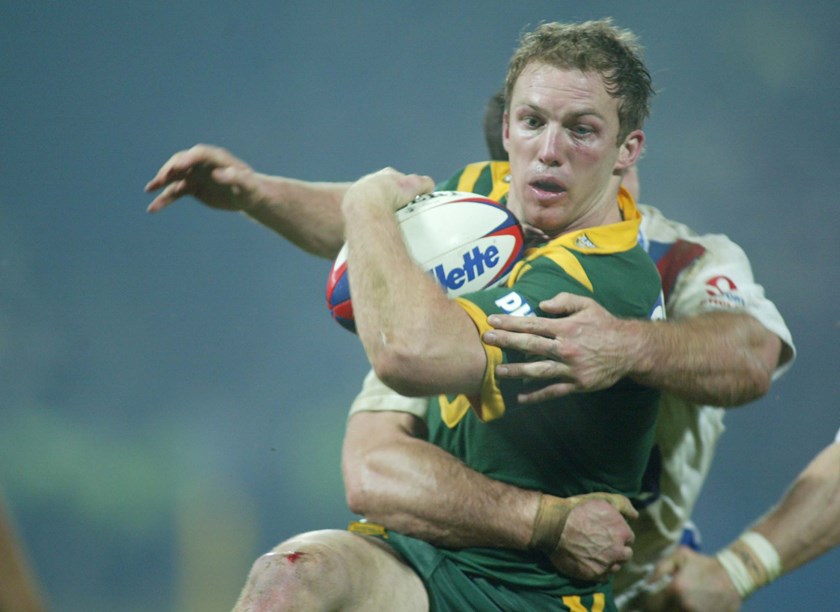
Matt Bowen, Ben Hornby and Clinton Schifcofske also emerged, playing a similar style to Lockyer.
Many of the modern-day No.1s play more like Lockyer than the previous generation of star fullbacks like Gary Belcher, Garry Jack and Brett Mullins who were more renowned for their brilliance at running through gaps rather than setting up teammates.
Despite this, the chief playmaker is still the one who has the most say in whether a team wins or loses.
Most teams favour the traditional set-up of a dominant No.7 and a second option at five-eighth and the fullback picking and choosing when to play their hand like Parramatta where Mitchell Moses is the on-field quarterback, Dylan Brown his understudy and Clint Gutherson popping up whenever it suits.
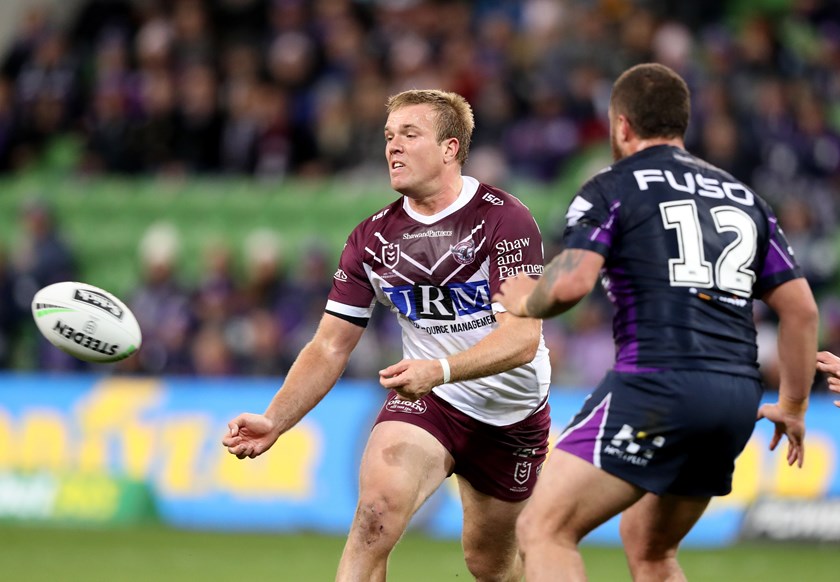
A few teams have the five-eighth running the show, like Melbourne where Cameron Munster is often the catalyst in attack off the back of Cameron Smith’s dummy-half chess play, with halfback Jahrome Hughes and fullback Ryan Papenhuyzen playing supplementary roles.
As is often the case, Des Hasler likes to defy conventional wisdom. Manly captain Daly Cherry-Evans is undoubtedly the on-field general but lock Jake Trbojevic is their second option for putting on plays with five-eighth Dylan Walker favouring a running game more so than organising.
There has never been a stronger era for fullbacks. Their skill level is off the charts. They are more involved in the 13-player code than ever before. But when it comes down to the crunch, the halfback is still the key cog in any rugby league machine.
The views in this article do not necessarily express the opinions of the NRL, ARLC, NRL clubs or state associations.
